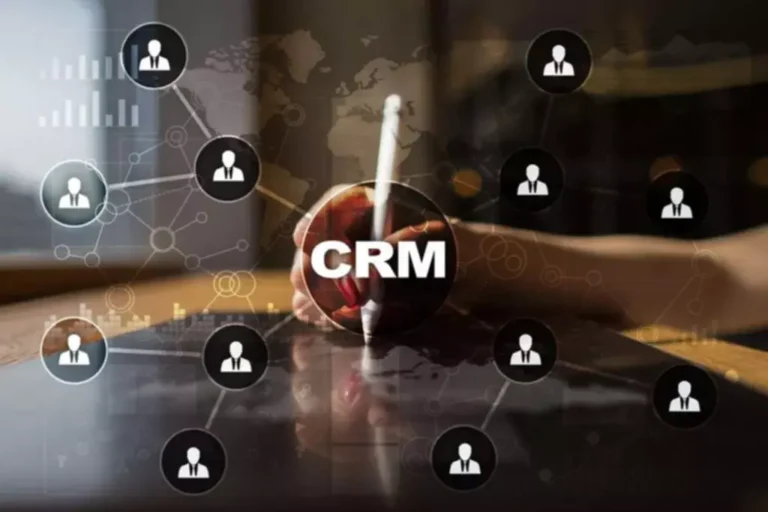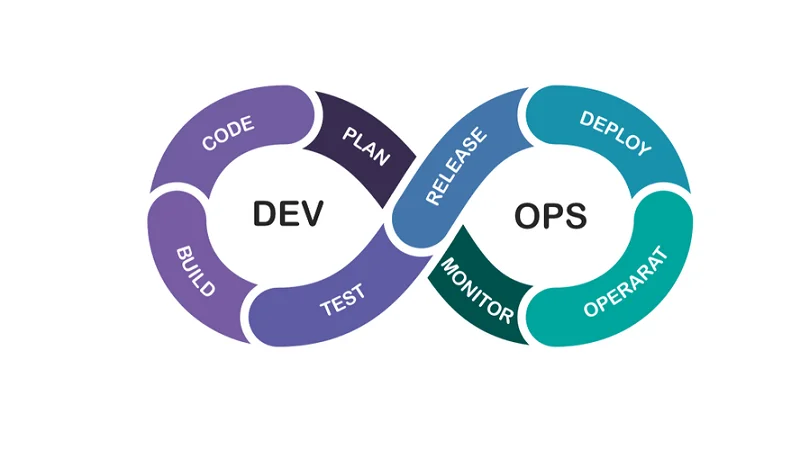Our code-less integration capabilities permit organizations to build integrations without the need for extensivecoding. This feature allows business hybrid integration solutions customers and integration specialists to visually design integration workflowsand configure information transformations, lowering the dependency on conventional hand-coding methods. They can distribute workloads effectively between on-premises and cloud environments based mostly on resource availability and performance necessities.
Join Cloud-to-ground Rapidly And Securely
In an HIP, “integration models” check with the precise entities you’re integrating, which embody applications, knowledge, and enterprise processes. Crosser designs and develops a hybrid-first Streaming Analytics & Integration software for any Cloud, On-premise or Edge. The Crosser Platform permits real-time processing of streaming, event-driven or batch knowledge for Intelligent Pipelines & Automations and for Industrial IoT. All managed from a single Control Center and powered by a low-code and low-effort expertise.
Opentext™ Enterprise Network Cloud Enterprise
IPaaS (Integration Platform as a Service) and ESB (Enterprise Service Bus) are both technologies used for integrating different functions and systems within a company. ESB is a middleware software program that acts as a communication layer between numerous systems by facilitating message exchange and integration utilizing a hub-and-spoke structure. It focuses on offering a centralized platform for connecting and orchestrating totally different companies and functions. On the other hand, IPaaS is a cloud-based integration platform that enables companies to connect functions and knowledge sources across a number of clouds and on-premises environments.
The Hybrid Integration Platform Makes Use Of Case
The energy of hybrid integration is that it’s accessible to a constituent base far beyond traditional IT specialists. DCKAP Integrator provides you a straightforward way to stay right on observe with enterprise important information and smoothen operations. Let us know if you’d like to talk with our integration consultants to find the right technique for you.

What Is Hybrid Cloud Integration?
- This functionality is pivotal for mixing conventional and modern applied sciences inside a HIP, facilitating seamless interoperability, and enhancing organizational agility.
- Instantly generate cloud native providers to seamlessly bridge your current legacy system and new cloud constructions permitting you to realize your operational targets constantly and rapidly with no threat attached.
- Enhanced user interfaces and developer instruments are anticipated to make integration simpler and more intuitive.
- See how Digibee’s iPaaS surpasses our competitors through accelerated, environment friendly, secure integrations.
These options concentrate on cloud applications solely and therefore want a separate HIP that supports on-premise methods. This is the one solution on the market that offers enterprises a real end-to-end “API factory” for creating digital services, making it a unique benefit you won’t find wherever else. If your organization has particular requirements for future cloud-based options, ensure your chosen infrastructure can assist these.


We’ve created a listing of 10 hybrid integration platform distributors for you to assist your shortlisting and evaluation process. It’s necessary to mention that there’s no particular order and we don’t endorse one vendor over another. It’s a listing so you are capable of do your analysis easily and start your evaluation process collectively along with your team. As enterprises evolve, the units that compose their IT infrastructure are becoming extra decentralized and unfold out throughout a much larger physical area. It’s essential that a hybrid integration answer can integrate endpoints from on-premise devices, the cloud, cellular units and even IoT gadgets.

Typically, 1 / 4 of the applied effort of making software program and encoding the appliance logic required to satisfy business requirements consumes scarce integration experience. Integration Platform as a Service (iPaaS) is a cloud-based service that permits organizations to implement and manage integration processes between numerous applications and systems. IPaaS options simplify integrations’ growth, deployment, and administration by providing a unified, scalable, and versatile platform.
This is integration methodology helps combine few purposes in a centralized middleware and handle the related techniques. Mostly, centralized HIP implementation is incorporated by small to mid-sized groups with relatively easy hybrid integration necessities. Hybrid Integration is the only way with which you’ll combine legacy techniques with cloud-based SaaS functions and ensure clean dataflow. A Hybrid Integration Platform is a useful answer for any enterprise trying to thrive in today’s fragmented IT landscape. A HIP can provide the agility, flexibility and experience you should orchestrate seamless data trade, process interoperability, and scalability to align your on-premise and multi-cloud enterprise functions.
Done proper, organizations will have the power to continue using their current infrastructure and traditional integration types while introducing new skills, endpoints, use instances and deployment fashions at their own tempo. IPaaS (Integration Platform as a Service) is a cloud-based answer for connecting purposes and data sources. ETL (Extract, Transform, Load) is a knowledge integration process that focuses on extracting information from varied sources, transforming it, and loading it into an information warehouse. ESB (Enterprise Service Bus) is a middleware know-how for facilitating communication between totally different applications. IPaaS is broader, ETL is data-centric, and ESB is focused on application-level integration.
Whether you are shifting data between on-premises databases, cloud-based purposes, or third-party systems, a HIP ensures that your information is consistent, secure, and available where and when it’s wanted. For example, imagine your on-premises ERP system needs to ship inventory data to a cloud-based order administration system. A HIP can deal with this real-time messaging while making certain that the info format is compatible across each techniques. This ensures that your corporation processes—such as inventory management and order fulfillment—remain environment friendly and correct. A hybrid integration platform and an integration platform as a service (iPaaS) are practically one and the identical.
Just just lately, we printed an article about vendors that genuinely have a hybrid integration platform. While there are over a hundred iPaaS distributors on the market globally, based on Gartner, only some vendors provide their prospects with genuinely hybrid integration platforms. For example, you may have an on-premises Enterprise Resource Planning (ERP) system that manages your core business processes, but you additionally use cloud-based instruments for CRM or provide chain administration. A HIP can connect these disparate systems, enabling them to share data in real-time.
